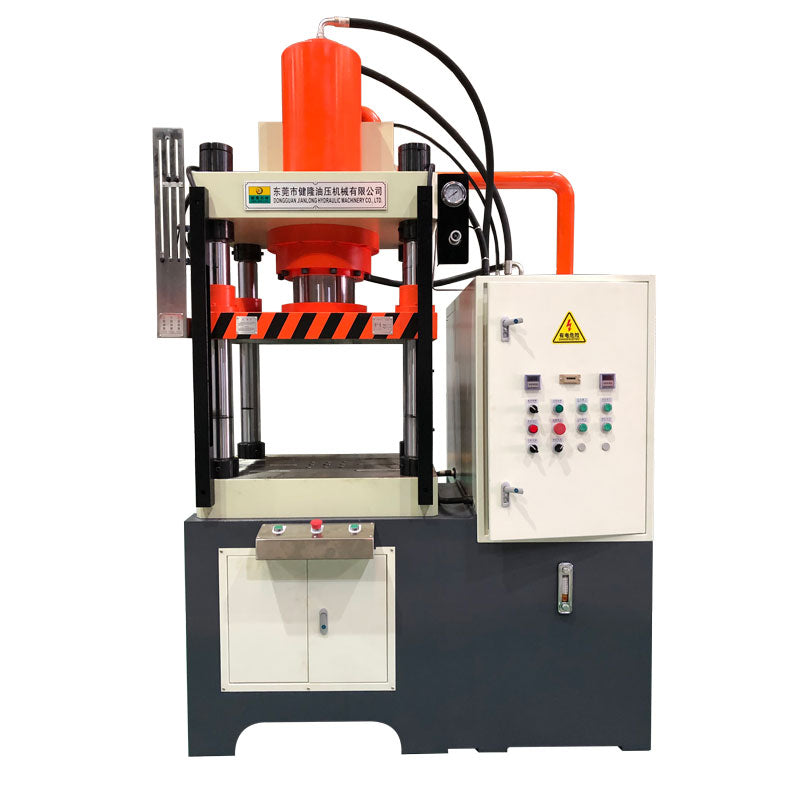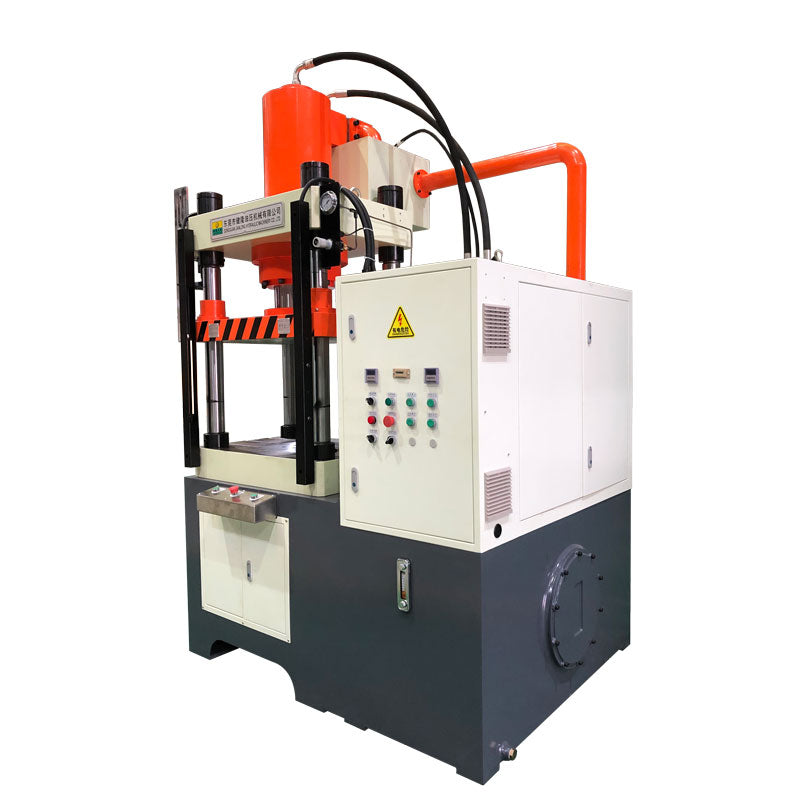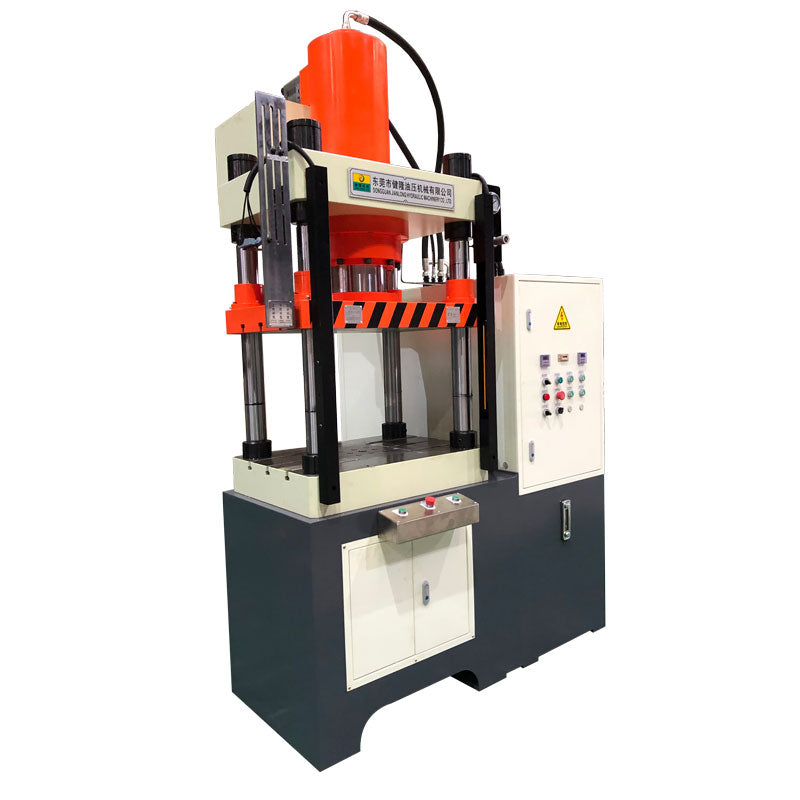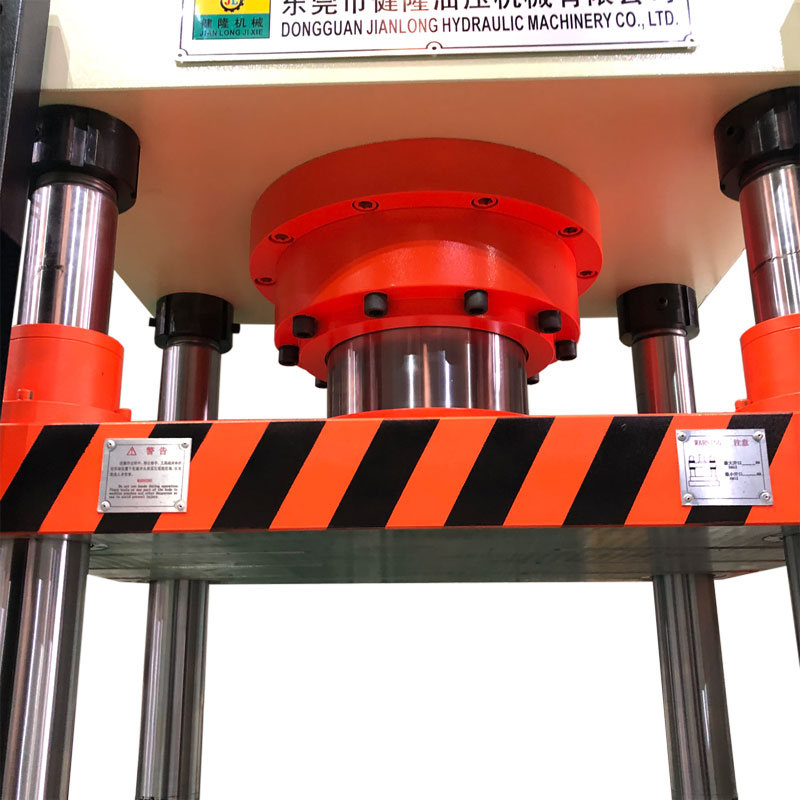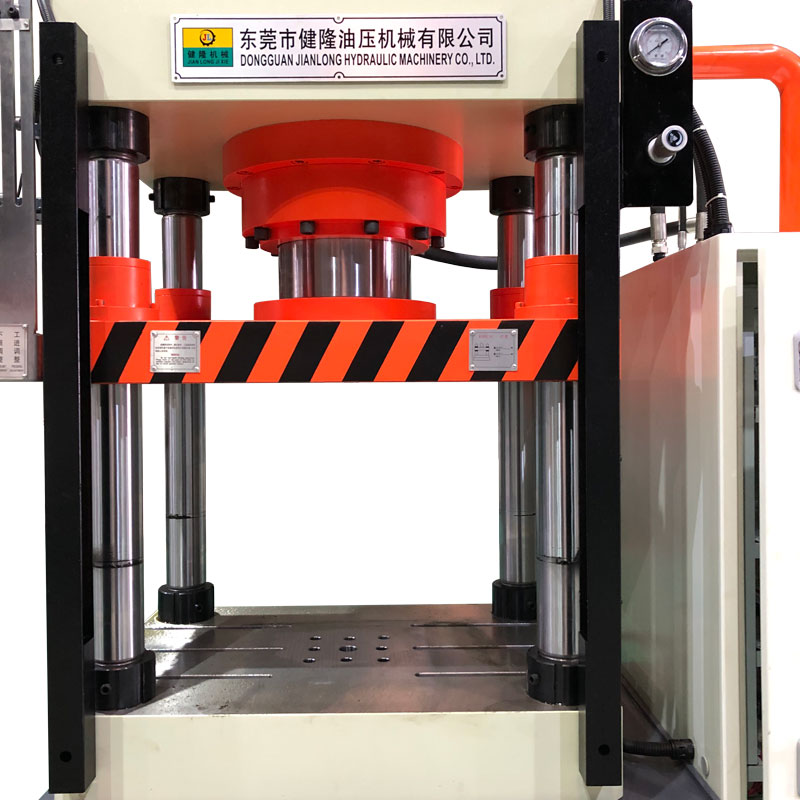Weight block forming four-column hydraulic press
Weight block forming four-column hydraulic press
无法加载取货服务可用情况
The hydraulic press for forming counterweight blocks has a wide range of applications, covering various industries and scenarios that require counterweight blocks. The following provides a detailed explanation of its application scope from different perspectives:
1. By application industry
Lighting and lighting industry
This is one of its core application areas, mainly used for manufacturing the counterweight components of various lamps:
Large chandelier base counterweight blocks: By increasing the weight at the bottom, it prevents the chandelier from tipping over due to its own weight or external forces (such as gentle wind).
Stable blocks for floor lamps and table lamps: Ensuring the stability of the lamps during daily use, especially for tall floor lamps.
Counterweight blocks for outdoor lamps: Such as garden lamps, lawn lamps, etc., which need to resist natural factors like rain and wind. The counterweight blocks can enhance their anti-overturning ability.
Fitness equipment industry
Used for producing counterweight blocks that play a balancing and weight-increasing role in fitness equipment:
Dumbbell, barbell counterweight blocks: Through the hydraulic press, the metal material is pressed into specific weight and shape blocks, combined into different specifications of fitness equipment.
Balance counterweight for large equipment such as treadmills and exercise bikes: Ensuring the stability of the equipment during operation, reducing vibration and displacement.
Transportation industry
Automobile parts: Such as tailgate support rods for car doors, seat adjustment system counterweight blocks, etc., used to balance components' weight, improving operational stability.
Logistics equipment: Counterweight blocks for forklifts, transport vehicles, etc., by increasing the rear weight of the equipment, balancing the center of gravity when carrying cargo in the front, preventing the equipment from tipping forward.
Construction machinery industry
The counterweight blocks for large construction machinery (such as excavators, cranes, loaders) are one of the core components. The hydraulic press can press high-density and high-strength counterweight blocks, helping the equipment maintain balance during operation, avoiding safety accidents caused by load imbalance.
Medical equipment industry
Some medical equipment (such as operating tables, rehabilitation equipment) requires counterweight blocks to adjust the center of gravity, ensuring the stability and reliability of the equipment during use. The high-precision counterweight blocks produced by the hydraulic press can meet the strict requirements for weight and size.
2. By processing materials
Metal materials
Cast iron (gray cast iron, ductile iron): Through the hydraulic press's high-pressure pressing, the density and structural strength of cast iron counterweight blocks are improved, suitable for scenarios with high requirements for weight and stability (such as counterweight for construction machinery).
Steel plates / iron plates: Utilizing the hydraulic press's stamping forming function, the steel plates are pressed into specific-shaped counterweight blocks, suitable for thin and regular-shaped counterweight requirements (such as stable blocks for table lamps).
Lead alloy, zinc alloy: These materials have high density, and the hydraulic press can press them into small and high-precision counterweight blocks, suitable for precision instruments or small equipment (such as some medical equipment components).
Composite and special materials
Concrete counterweight blocks: Through the hydraulic press's pressure on concrete materials, reducing internal pores and improving structural density, suitable for scenarios with cost sensitivity and not extreme weight requirements (such as some outdoor facility counterweight).
Metal - resin composite counterweight blocks: Mixing metal particles with resin and pressing them through the hydraulic press, it has a certain weight and corrosion resistance, suitable for humid environments (such as water-based equipment counterweight).
3. By counterweight block type
 Regular-shaped counterweight blocks
Regular-shaped counterweight blocks
Such as circular, square, rectangular, etc., simple geometric shapes of counterweight blocks, the hydraulic press can achieve batch production through standardized molds, with high efficiency, suitable for most general scenarios.
Special-shaped counterweight blocks
For special requirements of equipment installation space, counterweight blocks with complex structures such as grooves, holes, slopes, etc. need to be produced. The hydraulic press can precisely press out products that meet the shape requirements through customized molds, meeting personalized counterweight needs.
Different weight grades counterweight blocks
Small counterweight blocks (a few kilograms to several tens of kilograms): such as counterweight for table lamps, small fitness equipment, the hydraulic press can achieve lightweight and high-precision production by adjusting pressure and molds.
Large counterweight blocks (ranging from several hundred kilograms to several tons): For example, in construction machinery and large ships, these counterweight blocks need to be pressed by large-tonnage hydraulic presses (typically ranging from several hundred tons to several thousand tons) to ensure their structural strength and weight stability.
IV. Other Extended Applications
Apart from directly producing counterweight blocks, this equipment can also be used for related supporting processing:
Counterweight block shaping and leveling: Conduct a secondary pressing on the formed counterweight blocks to correct size deviations or surface unevenness issues.
Counterweight block assembly pressing: Press multiple small counterweight blocks together using a hydraulic press to form a single unit, meeting the installation requirements of specific equipment.
In summary, the application scope of the counterweight block forming hydraulic press covers multiple fields from daily consumer products to industrial heavy equipment. The core is to provide customized counterweight solutions for various products that require balance and stability functions. Its application scenarios will continue to expand as the specific requirements for counterweight in different industries become more refined.
Share
